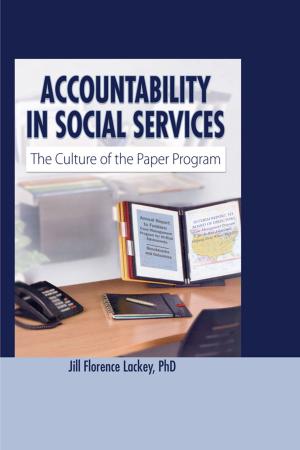| Author: | ISBN: | 9781317201878 | |
| Publisher: | Taylor and Francis | Publication: | October 3, 2018 |
| Imprint: | Routledge | Language: | English |
| Author: | |
| ISBN: | 9781317201878 |
| Publisher: | Taylor and Francis |
| Publication: | October 3, 2018 |
| Imprint: | Routledge |
| Language: | English |
Death lies at the beginning of the Arab uprisings, and death continues to haunt them. Most narratives about the ‘Arab Spring’ begin with Mohammed Bouazizi, a Tunisian fruit vendor who set himself on fire. Egyptian protesters in turn referred to Khaled Said, a young man from Alexandria whom the police had beaten to death. This book places death at the centre of its engagement with the Arab uprisings, counterrevolutions, and their aftermaths. It examines martyrdom and commemoration as performative acts through which death and life are infused with meaning. Conversely, it shows how, in the making, remembering, and erasing of martyrs, hierarchies are (re)produced and possible futures are foreclosed. The contributors argue that critical anthropological engagement with death, martyrdom, and afterlife is indispensable if we want to understand the making of pasts and futures in a revolutionary present. This book was originally published as a special issue of Ethnos: Journal of Anthropology.
Death lies at the beginning of the Arab uprisings, and death continues to haunt them. Most narratives about the ‘Arab Spring’ begin with Mohammed Bouazizi, a Tunisian fruit vendor who set himself on fire. Egyptian protesters in turn referred to Khaled Said, a young man from Alexandria whom the police had beaten to death. This book places death at the centre of its engagement with the Arab uprisings, counterrevolutions, and their aftermaths. It examines martyrdom and commemoration as performative acts through which death and life are infused with meaning. Conversely, it shows how, in the making, remembering, and erasing of martyrs, hierarchies are (re)produced and possible futures are foreclosed. The contributors argue that critical anthropological engagement with death, martyrdom, and afterlife is indispensable if we want to understand the making of pasts and futures in a revolutionary present. This book was originally published as a special issue of Ethnos: Journal of Anthropology.















